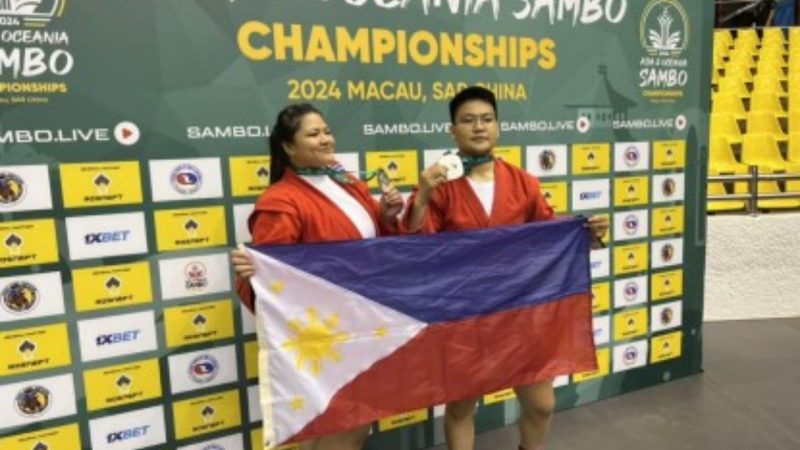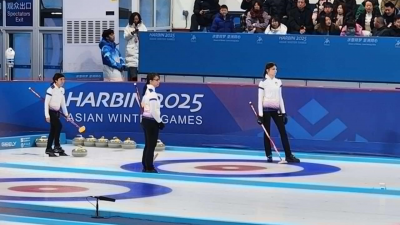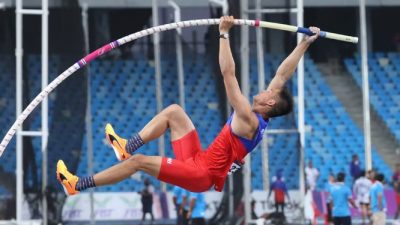MANILA – The Philippines secured two silver medals at the Asia & Oceania Sambo Championships held at Forum de Macau Stadium on Sunday.
Davao City native Sydney Sy-Tancontian, a two-time Asian champion, settled for silver in the women’s +80kg category, losing 1-6 to Uzbekistan’s Feruza Khurozova in the final. Sy-Tancontian had earlier defeated Turkmenistan’s Sabina Agajanova 8-1, while Khurozova upset Kazakhstan’s world No. 1 Arailyn Abenova 2-1 in the semifinals.
Meanwhile, Paris Open champion Aislinn Agnes Yap clinched silver in the women’s -80kg division, falling 1-2 to Kazakhstan’s Madina Yerzhan in the final. Yap had improved from her third-place finish in Astana, Kazakhstan last year.
Both Sy-Tancontian and Yap are alumni of the University of Santo Tomas in Manila.
President Paolo Tancontian of the Pilipinas Sambo Federation Inc. praised the team’s performance, noting significant improvements in medal standings compared to previous years. Looking ahead, he emphasized ongoing efforts to enhance athletes’ skills, aiming to strengthen the Philippines’ position in the sport, particularly in Asia.
Several Filipino athletes are expected to compete in the 2025 World Games in Chengdu, China, including Yap, Marianne Mariano, Jomary Torres, Robin Catalan, Godwin Langbayan, and Mcleary Ornido.
What is Sambo?
Sambo is a martial art and combat sport that originated in the Soviet Union in the early 20th century. It combines elements of judo, jiu-jitsu, wrestling, and other grappling disciplines. The word “sambo” is an acronym for SAMozashchita Bez Oruzhiya, which translates to “self-defense without weapons” in Russian.
There are two main styles of sambo:
Sport Sambo: This style emphasizes throws, grappling, and submissions within a competitive framework, similar to judo or Brazilian jiu-jitsu competitions.
Combat Sambo: Developed for military and self-defense purposes, combat sambo includes striking techniques such as punches, kicks, elbows, and knees, in addition to grappling techniques. It also incorporates defense against weapons and includes elements of hand-to-hand combat training.
Sambo has a rich competitive history and is recognized by the International Sambo Federation (FIAS) as well as being practiced worldwide, including as a recognized sport in various international competitions.
(el Amigo/MNM)







